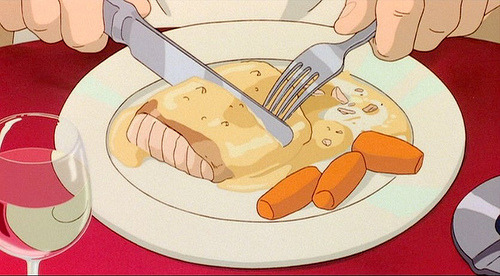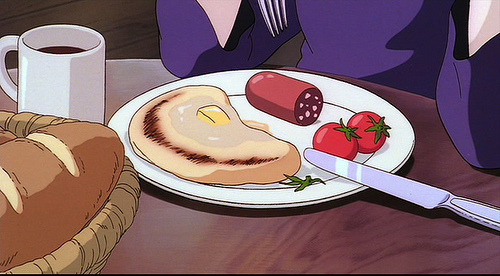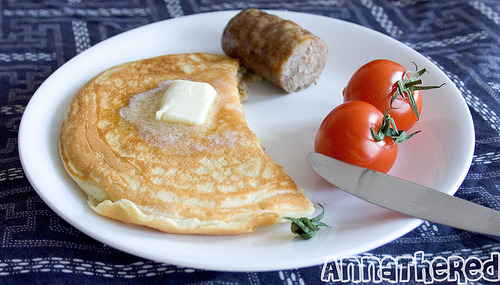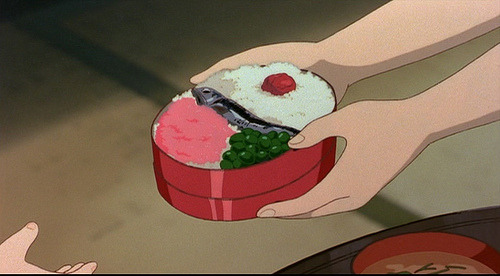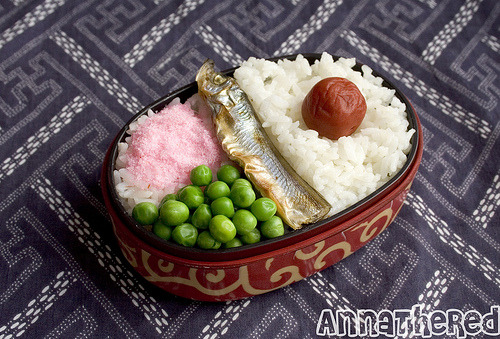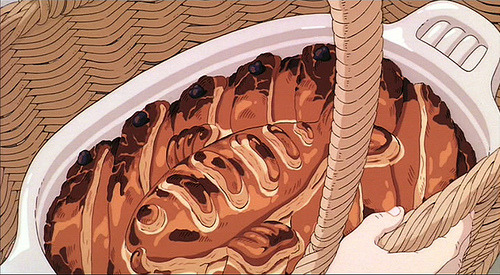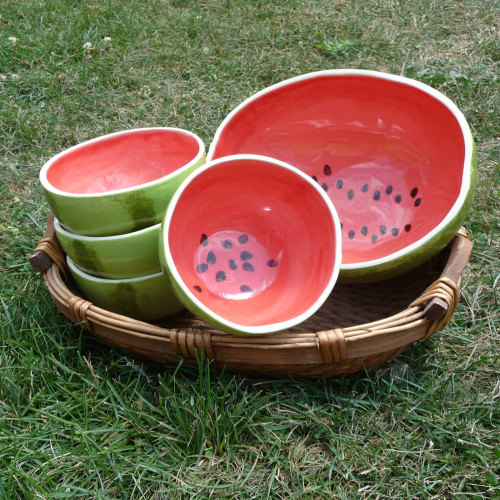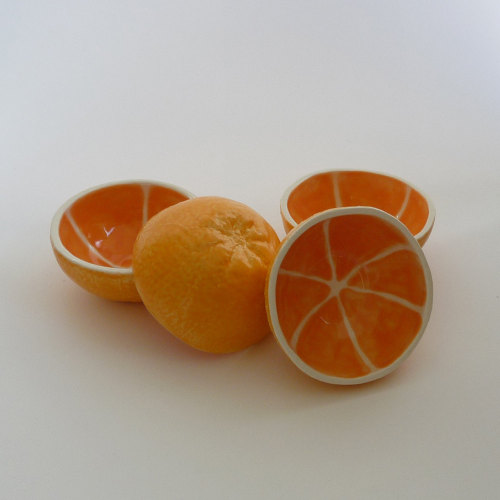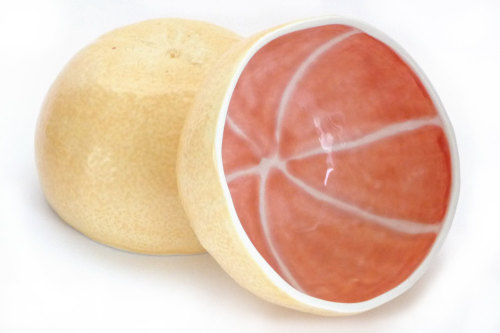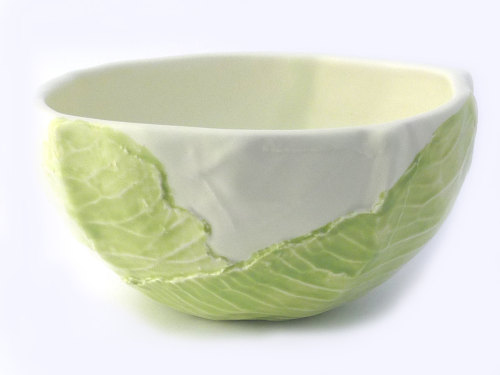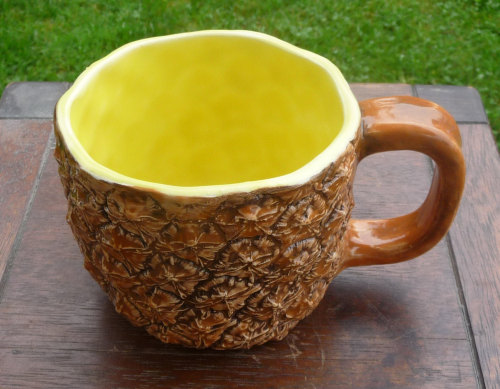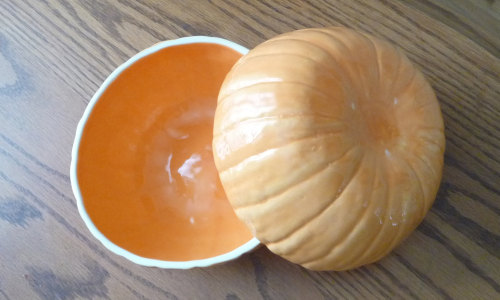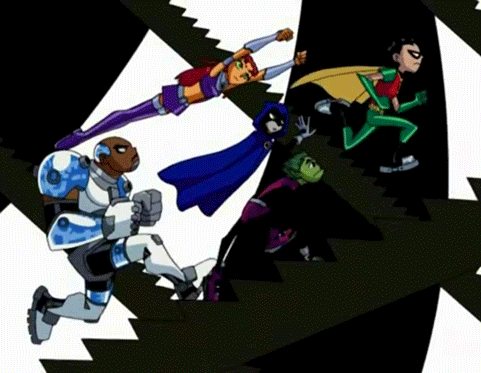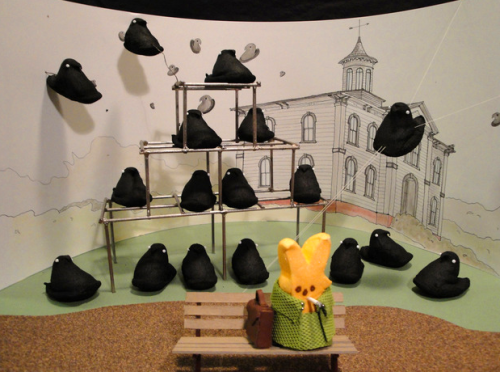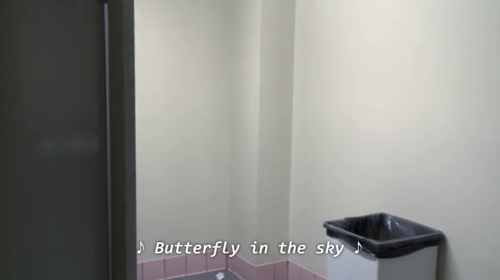
Two weeks ago, at a conference in South Africa, scientists met to discuss how to contain a deadly banana disease outbreak in nearby Mozambique, Africa. At fault was a fungus that continues its march around the planet. In recent years, it has spread across Asia and Australia, devastating plants there that bear the signature yellow supermarket fruit.
The international delegation of researchers shared their own approaches to the malady, hoping to arrive at some strategy to insulate Mozambique and the rest of Africa: a continent where bananas are essential to the lives of millions. They left the Cape Town-based meeting with an air of optimism.
Only days after the meeting, however, a devastating new survey of the stricken Mozambique farm was released. Scientists at the conference assumed that the fungus was limited to a single plot. The new report suggested the entire plantation was infested, expanding 125 diseased acres to more than 3,500. All told, 7 million banana plants were doomed to wilt and rot.
“The future looks bleak,” says Altus Viljoen, the South African plant pathologist who organized the conference. "There’s no way they’ll be able to stop any further spread if they continue to farm.” Worse, he says, the disease's rapid spread endangers banana crops beyond Mozambique’s borders.

A banana production line in Mozambique.
Fen Beed
The story of the African farm is the story of a threat to the world’s largest fruit crop. Commercially, bananas generate $8 billion annually and, according to the United Nations Conference on Trade and Development, more than 400 million people rely on the fruit as their primary source of calories. Though more bananas are grown in Asia, Africans depend heavily on the crop; in countries like Rwanda and Uganda, for example, average banana consumption is about 500 pounds per person annually, or 20 times that of the typical American. If the bananas vanish, people starve.
I originally reported on the malady that’s now infecting the Mozambique plantation in the August 2005 print edition of Popular Science. In that story, which is still relevant today, I described a fungus, commonly known as “Panama Disease” but scientifically termed Fusarium oxysporum f.sp. cubensis Tropical Race 4 (or “Foc-TR4”). It infects the roots of banana plants, moves upward through the xylem, and clogs the flow of sap, causing leaves to wilt and the plant to rot.
When I reported on the disease, which was and remains incurable, it had spread only to a few Asian nations, including Taiwan and Indonesia. But it soon reached the Chinese mainland, and then jumped across thousands of miles of open ocean to appear in Australia, where it devastated the banana industry in the Darwin region.
The most astonishing thing is that this has happened before, with a breed of banana introduced to America and Europe in the early 20th century. Called the Gros Michel, it was entirely different from the kind of banana we enjoy today and made the fortunes of Chiquita and Dole. These companies created an agricultural business model based on monoculture, whose singular focus resembles the fast food industry more than traditional farming.
The “Big Mike” cultivar soon began succumbing to a variant of Fusarium now known as “Race 1.” By 1960, the breed was functionally extinct. Its replacement is today’s supermarket banana, called the Cavendish. From the start banana marketers considered it an inferior product—less flavorful and more perishable. Yet facing bankruptcy in the wake of the Gros Michel’s disappearance, they adopted it at the last minute to save their industry.
I became so fascinated with bananas that my original article became a book in 2008: Banana: The Fate of the Fruit that Changed the World. Since then, I’ve traveled the world writing about bananas, learning about how important, delicious, and threatened they are. I attended the South Africa conference, officially titled the “Regional Meeting To Develop A Strategy To Mitigate Foc TR4 In Africa,” and was impressed with the organization and commitment exhibited by the working group.
Then the bad news came.
***
Mozambique is not considered prime banana territory. The food is mostly a commercial crop here, rather than a staple. But it is well placed if one wanted to start an export business; bananas could be shipped north, to Middle Eastern and European markets. At least that was the plan when the now-stricken crops were planted in 2008.
The funding came from Chiquita, the world’s largest and oldest banana producer. Expectations were high. Operations in the nation could soon account for as much as 30 percent of the company’s $2 billion supermarket banana business, according to then-CEO Fernando Aguirre. The plantation would keep world banana supplies and prices stable, and would also provide huge local benefits, adding as many as 3,000 jobs to the regional economy. In 2010, Chiquita left Mozambique, claiming that it couldn’t get high enough quality fruit from the operation, and that northbound shipments were too threatened by piracy along the African coast.

A Mozambique banana plantation.
Altus Viljoen
One big question is how the disease actually arrived in Mozambique. At the conference I attended, participants offered two theories. One is that Philippine workers who’d arrived to help build the plantation inadvertently brought it in; the malady is so virulent that a single clump of dirt on a shoe or a tool can lead to continent-wide infection. Philippine banana growers have been struggling with Foc-TR4 since the 1990s, and the workers in Mozambique were employed by Chiquita management and then by a company called Matanuska, which took over when the American banana company left.
Another idea is that the disease was waiting in the soil all along, prior to the arrival of bananas in Mozambique. Scientists think this happened in Malaysia when Cavendish were planted there in the late 1980s, leading to one of the earliest outbreaks of Foc-TR4. Researchers are now analyzing the strain of fungus found in Mozambique to see if it shares genetic markers with samples gathered elsewhere. (Viljoen strongly believes those tests will show that the disease came from the Philippines.)
Whatever the origin, it is certain that the new plantation was poorly equipped to handle the fungus. On multiple plots in the Mozambique farms, plants were sharing water drainage facilities, a practice that might allow contaminated water to spread from one plot to another. Likewise, infection from common irrigation sources was one of the primary ways the Gros Michel version of Panama Disease spread in the mid-20th century.
Another likely vector for the spread of the disease was local people walking across the farmland on their way home, says Viljoen. At April’s Cape Town meeting, Jack Dwyer, CEO of the Mozambique plantation venture, acknowledged that more than 2,500 people entered and exited the farm each day, along with 100 vehicles.

An infected banana plant.
Altus Viljoen
All this has made the banana industry take notice. Just five years ago, Chiquita’s Aguirre told the Cincinnati Enquirer, “We believe that [Panama Disease] is a very limited threat and would take many, many years to spread, even if it does move out of Asia.” Following the news from Mozambique, Chiquita took a more realistic stance. Spokesperson Ed Loyd told me that, “It would be foolish not to pay attention,” and that Panama Disease represents a long-term danger to the industry. (The disease has also recently been identified in the Middle East, with crops stricken in both Jordan and Oman.)
Loyd also confirmed that Chiquita is now researching a replacement banana for the Cavendish. One possibility is a modified version of the fruit developed in Taiwan; the “GCTCV 219” is sweeter than standard Cavendish, and takes a little longer to harvest, but is highly resistant to Panama Disease. The variety is currently being tested in the Philippines and Australia, and it has the market advantage of not being a GMO banana; the technique used to develop it involves “somoclonal variation,” or hand-selection and rebreeding of hardier varieties. (The problem with GMO bananas isn’t the fruit or the technology, it’s that most consumers wouldn’t buy them, banana marketers say.) Other possibilities include alternate breeds. Those would require new packaging technology, but the industry overcame that obstacle during the original Gros Michel changeover. Or, if consumer and regulatory resistance breaks down, a transgenic banana, perhaps crossed with Fusarium-resistant peppers.
The best solution, banana scientists have told me, is variety. Turning the commercial banana crop from a monoculture (in which every Cavendish plant is essentially a clone) to one with multiple resistant breeds would help insulate plantations against disease and also bring some really delicious fruit to consumers. The Cavendish, I can tell you from experience, is a lousy tasting banana compared to just about everything else; in India, where 600 banana varieties are grown, Cavendish is derisively called “the hotel banana.”
Does all this mean the great "bananapocalypse" or "bananageddon" is here? Not yet. But it is getting closer. Currently, about 45 percent of world banana production is Cavendish, and the global export of the crop is growing by about 7 percent annually. As its monoculture spreads, the threat to both livelihoods and lives grows. (There is some good news for subsistence crops: Recent tests of Africa’s most-consumed varieties indicate they could be resistant to Foc-TR4, although researchers say more studies are required.)
For Americans worried about whether they’ll continue to have slices of banana floating in their cereal bowls, the question is when the disease will hit Latin America, which grows the bananas we consume. Mozambique brings disturbing news on that front: Farm managers there didn’t just get assistance from the Philippines, but also from Costa Rica and several other Central American nations. Those workers moved repeatedly between their home countries and Africa through 2011.
With an incubation period of about two to three years, it is possible that the same mechanism that likely caused the African outbreak—infected dirt, carried inadvertently—is already at work in our hemisphere. “The workers who set up those plantations are now back home,” says Randy Ploetz, the Florida-based plant pathologist who first identified Foc-TR4 in the 1980s. “So if we assume it is fairly easy to move this thing and soil from wherever it is—Southeast Asia or Jordan or Mozambique—then it is possible it is already in Latin America. Only time will tell.”

